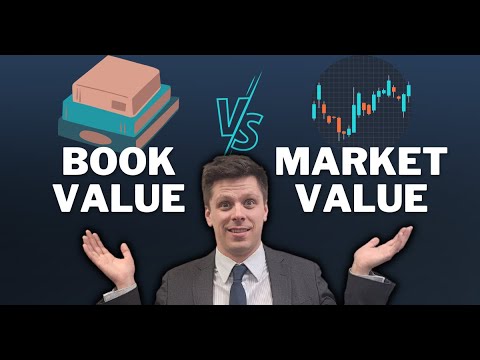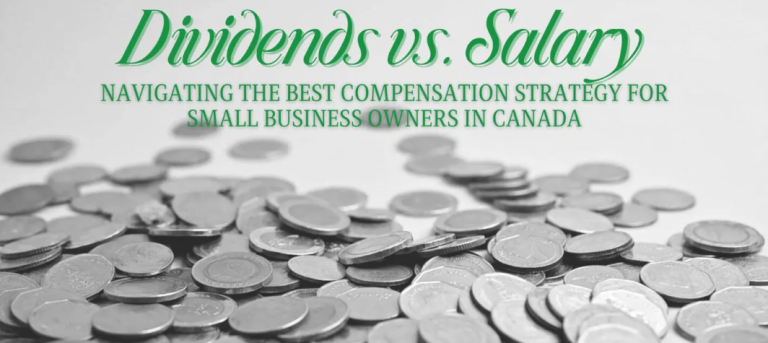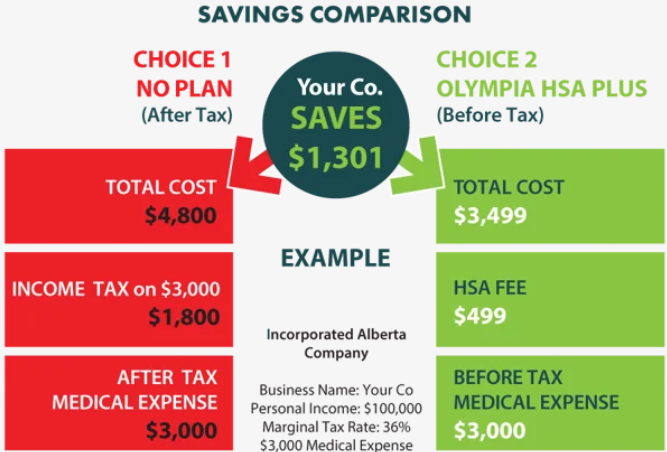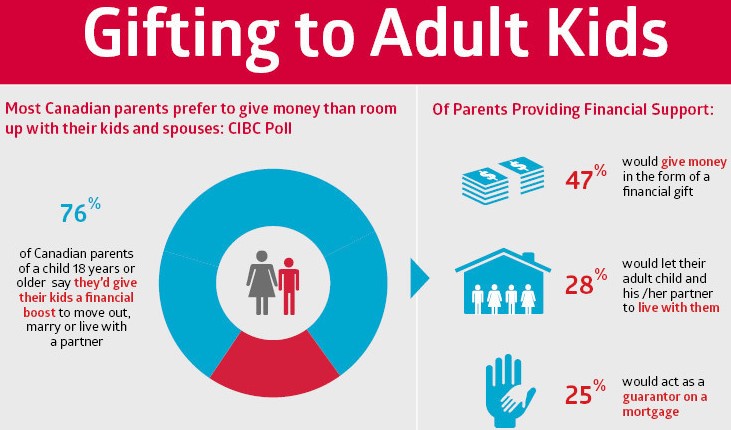First, I want to say that I’ve written on this topic more than once. The last time time was in Issue 182 of Mutual Gains (Nov / Dec 2017). If you have never read an issue of Mutual Gains, you can read the latest one and subscribe, here.
If you remember reading my simple explanation about Book Value before (and why it is NOT the amount of money you invested), and are not confused when you see Book Value on your portfolio statement, you can stop reading now. Otherwise, here it is.
Investment statements are more confusing than they have to be. When I meet with clients for a Financial Planning review, I find that most people simply want to know the bottom line; what their portfolio is worth today. On top of that, most want to know what their portfolio was worth 1, 2 or more years prior. This gives some kind of historic perspective. Percentage returns are of course, very helpful in how you are doing against alternatives as well as inflation.
There is 1 bit of information that shows up on investment statements, that continually confuses people. It’s called ‘Book Value’.
Oh, how I absolutely hate this column. It just confuses people what really is. Particularly if it shows Book Value and then beside it shows a gain or loss based on that Book Value. ARGH! Disregard that number as it probably means absolutely nothing to you, is wrong, doesn’t apply, or isn’t relevant.
Why am I so frustrated? Because Book Value for most people is NOT the dollar amount you invested. You thought it was, didn’t you? Must be because you are still reading this although, you are not alone. Most everyone thinks the same thing as you, that Book Value is what you invested, but it is NOT.
Then why would it show dollar value gain (or loss), based on Book Value? A very good question. I’ve been asking this myself everyday for more years than I can count. If Book Value isn’t the dollar amount I invested then, why is it listed? That is a question I can answer.
Book Value is the same as “Adjusted Cost Base”, a number for accounting purposes, to determine taxable capital gains (or loss) when you sell an investment. With every taxable distribution your investment pays out (dividends, interest and realized capital gains), if those distributions are reinvested (as most are), your Book Value increases. This happens every quarter or year, depending on the kind of investment you hold. I say ‘every taxable distribution’ because you are paying tax on these in the year they are earned and thus, if you were to sell your investment, you are only paying tax on what you haven’t paid tax on already, with this Book Value increase.
This is why the Book Value (BV) aka Adjusted Cost Base (ACB) is shown. It’s a helpful, tax information piece. However, Book Value has no relevance to an RRSP, RRIF, TFSA, RESP, etc. because there is no tax. Money compounds within these vehicles, completely tax free. The way financial institutions can make things much clearer for you, is have an additional column that shows the dollar amount you invested with a gain (or loss). That way you have a column showing your Book Value, which applies to any “non-registered” accounts and an “Amount Invested”, showing what you actually put into your investment.
If you are totally confused, no need to worry. This is the domain of Financial Planners and Accountants. The basic thing you really need to know is that Book Value isn’t what you invested. Also, your Book Value could actually be higher than your “Market Value”.
Sorry, disregard that last line. That may require even more explaining. Carry on.
PS. If you want a different explanation of why Book Value is not what you invested, I’d recommend this piece, which shows an example.






